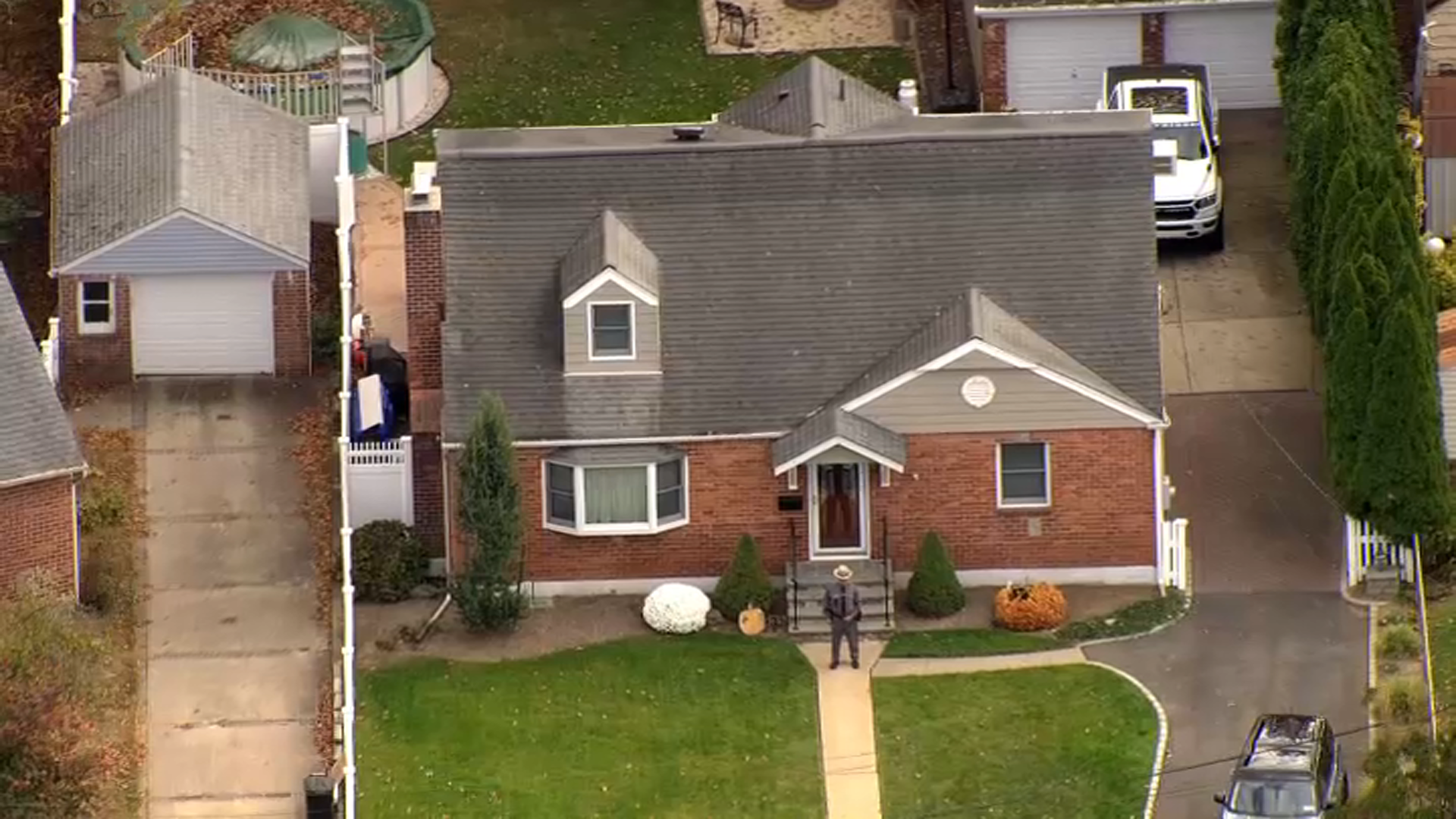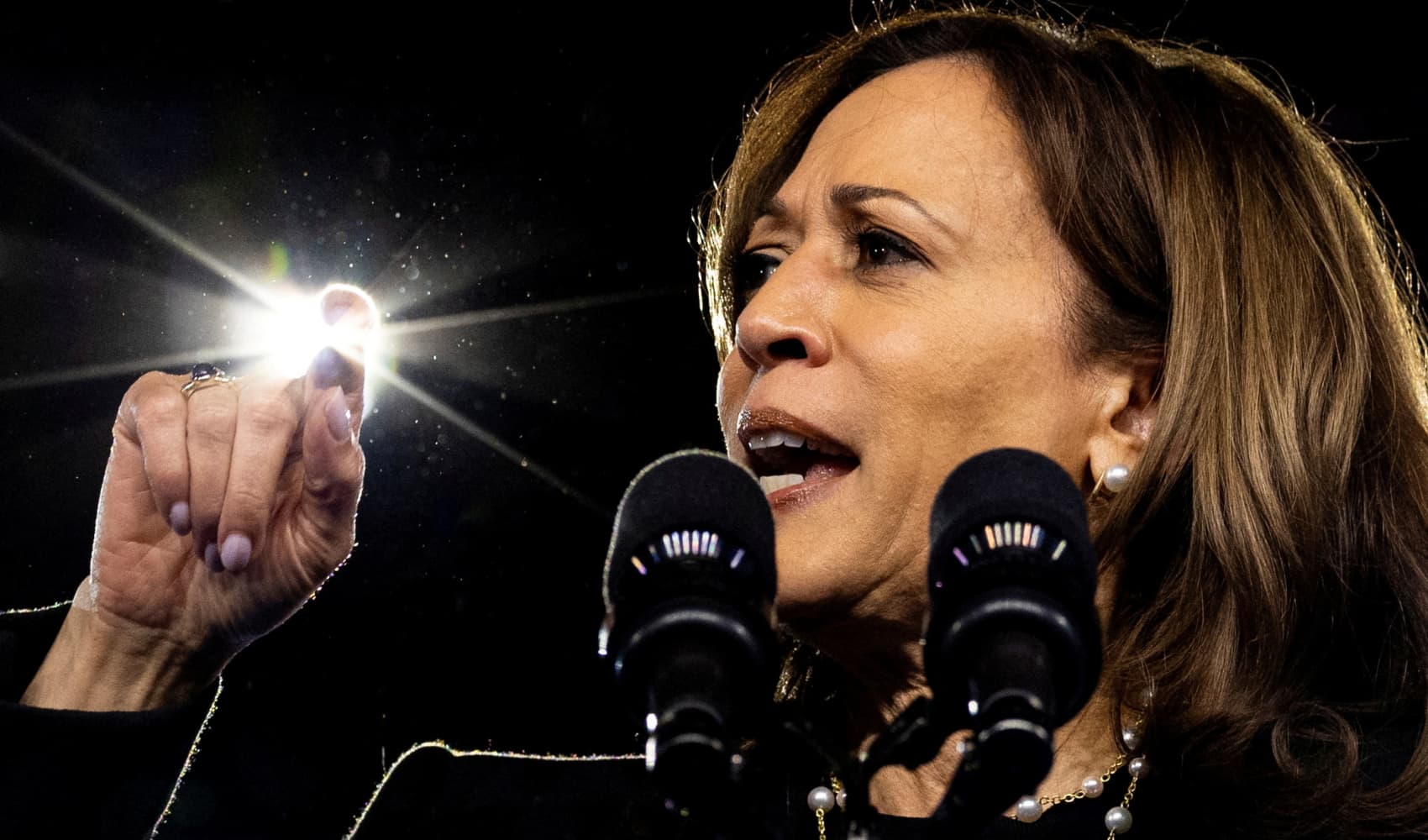What to Know
- A popular Medicaid program that lets elderly and disabled New Yorkers choose their own caregivers has grown exponentially in just a few years, an I-Team analysis has found.
- Now proposed restrictions to that program are at the center of a fierce battle between Governor Kathy Hochul and state legislators, as they seek to hammer out a budget deal in Albany.
- In just the last five years, Medicaid expenditures under CDPAP have grown from $2.5 billion to more than $9 billion, according to New York’s Division of the Budget. State taxpayers pay for half of that cost, while federal taxpayers shoulder the other half.
A popular Medicaid program that lets elderly and disabled New Yorkers choose their own caregivers has grown exponentially in just a few years, an I-Team analysis has found. Now proposed restrictions to that program are at the center of a fierce battle between Governor Kathy Hochul and state legislators, as they seek to hammer out a budget deal in Albany.
The Consumer Directed Personal Assistance Program, CDPAP for short, allows individuals to select friends or members of their families to help with tasks like dressing, bathing, meal preparation, and cooking at home. The personal care aides are then paid with Medicaid funds for the time they spend assisting with those tasks of daily living.
While the ability to choose one’s own home care employee has proven to be a hit with senior citizens and people coping with disabilities, it’s also proven to be increasingly expensive. In just the last five years, Medicaid expenditures under CDPAP have grown from $2.5 billion to more than $9 billion, according to New York’s Division of the Budget. State taxpayers pay for half of that cost, while federal taxpayers shoulder the other half.
According to data obtained by the I-Team using New York’s public records law, CDPAP companies collectively billed more than 328 million hours of home care last year. That’s a 262 percent increase since 2018. Although the average beneficiary receives about 3 hours of help around the house per day, the data show dozens of CDPAP companies, called “fiscal intermediaries,” average double or triple that. In one case, the I-Team found a fiscal intermediary with beneficiaries that averaged more than 25 hours of care per day. That’s against the rules, as 24 hours of care per day is the upper limit.
When the I-Team asked about the unusual billing pattern, a representative for company in question insisted there must be a mistake. When the I-Team asked the New York State Health Department, which administers CDPAP, to double check the accuracy of the records a spokesperson declined to share details.
Get Tri-state area news delivered to your inbox. Sign up for NBC New York's News Headlines newsletter.
“We cannot comment at this time as the subject is part of ongoing budget negotiations,” wrote Monica Pomeroy, a Health Department spokesperson.
News
As part of her budget proposal, Governor Hochul recently suggested new restraints on CDPAP, including lowering hourly wages for some downstate personal care assistants. But the proposed changes have drawn fierce opposition from the union representing home care workers and their clients.
“I just hope that our system of government finds a way to fund the program the way that it should be. We find money for everything else,” said Jose Hernandez, a disabled father who suffered a spinal injury and gets 24 hours of in-home care each day.
Valerie Bogart, an attorney at the New York Legal Assistance Group, a nonprofit dedicated to helping underprivileged people get the benefits they deserve, said Hochul is looking for savings in the wrong place.
“CDPAP has been scapegoated,” Bogart said. “If you value keeping people at home rather than sending them to a nursing home, New York is doing well.”
Bogart says a better way to rein in costs would be to reduce payments to the big insurance companies that act as middlemen in the administration of New York’s Medicaid program.
“Let’s move away from this insurance model where the state is overpaying for these services.”
Yet critics of CDPAP say the program’s architecture incentivizes over-use of the benefit.
Bill Hammond, a Senior Fellow for Health Policy at the conservative-leaning Empire Center for Public Policy, has argued that families naturally want to avoid moving loved ones into nursing homes – so they’ve traditionally pitched in voluntarily to take care of frail friends and family members. But CDPAP incentivizes that even more.
“They’re paying family members to do what they used to do for free,” Hammond said.
He also argues the original rationale for CDPAP was to lower the state’s expenditures on nursing homes, but New York’s spending on nursing facilities remains among the highest in the nation.
“So we’re spending an extraordinary amount on this program that’s supposed to keep people out of nursing homes and it’s not working,” Hammond said. “It’s going to be increasingly hard to sustain this level of spending and employment.”
In February, Blake Washington, New York State’s Budget Director, suggested CDPAP’s popularity - and the generosity of its benefits - could begin to threaten the state’s ability to serve the neediest of its Medicaid clients.
“In the last handful of years, we’ve had 12 hundred percent growth in CDPAP and its an area the Governor is very concerned about,” Washington said. “We’re concerned that what we’re doing here, by having widened the net so greatly, is we’re inviting abuses to the system. We’re hurting the program that we value for the consumers that need it the most.”



